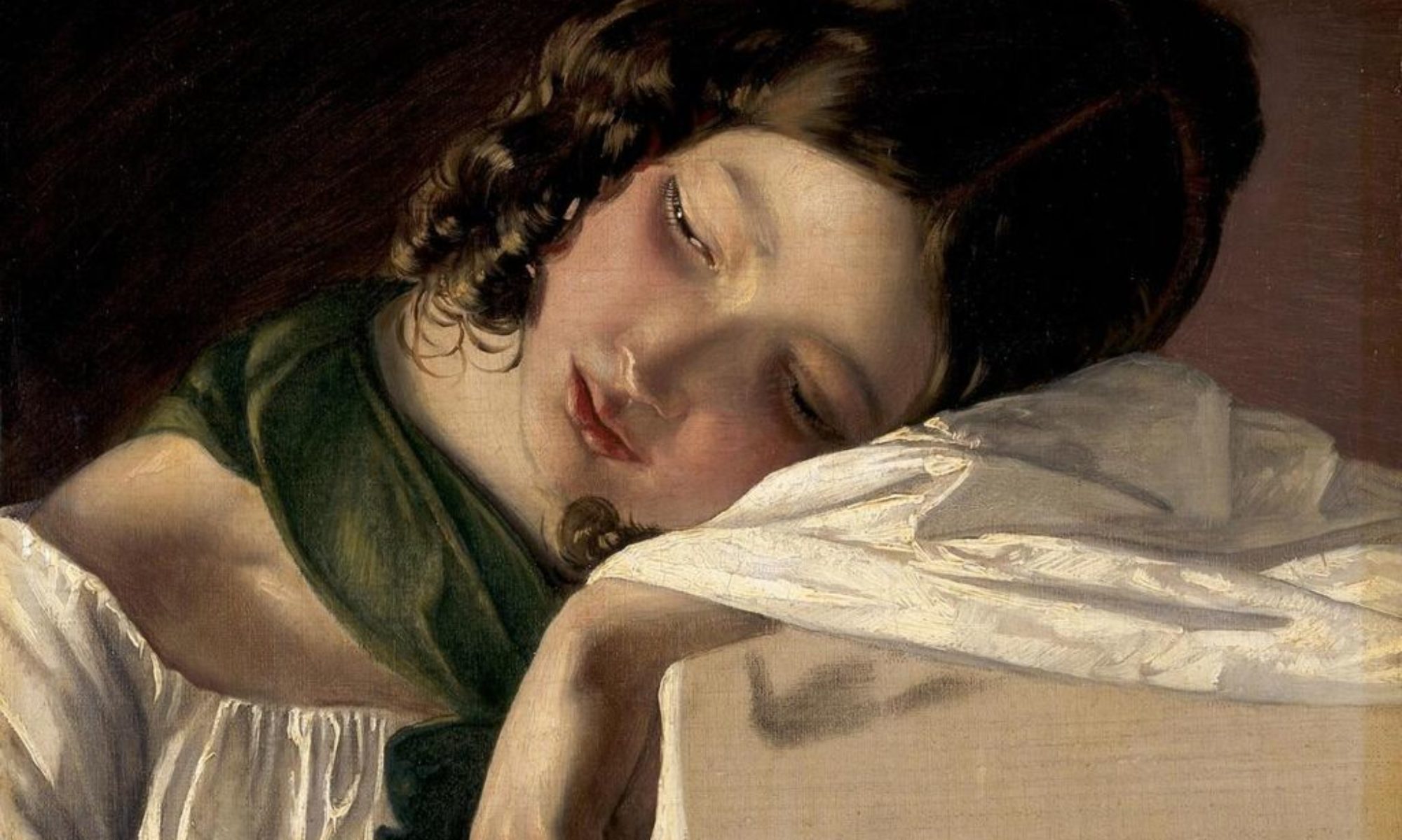Author: Susanna Ives
Romance author, onsignment fashionista, kdrama junkie, jazz type, occasional runner, coffee lover.

Susanna Ives | My Floating World
“Turning our attention to the pleasures of the moon, the snow, and the cherry blossoms.” – A Tale Of A Floating World, 1665